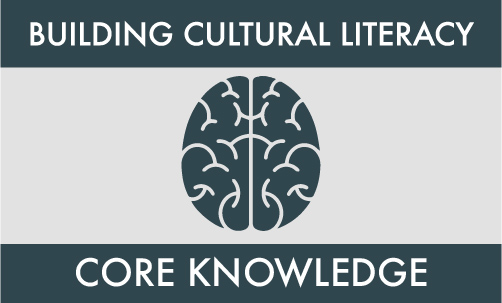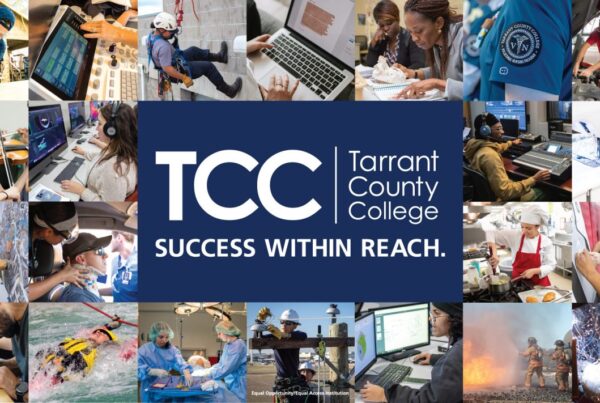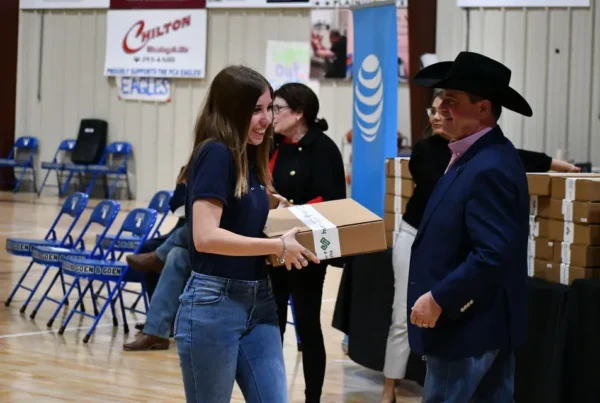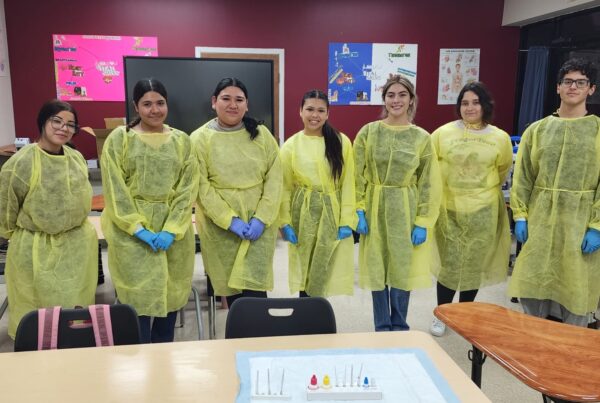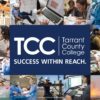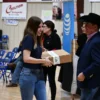In ResponsiveEd schools, cultural literacy is supported through a strong history curriculum. Using the Core Knowledge program in grades K-8 ensures that students have the background history knowledge they need to perform well academically and develop into thoughtful adults.
Developed by University of Virginia professor E.D Hirsch Jr., it rose out of his realization that too many students struggled with basic knowledge in college classwork.
Recognizing background knowledge as the key to closing the “literacy gap,” Hirsch began outlining what a child needs to learn in each grade to build a strong knowledge base. In 1986, he founded the Core Knowledge Foundation to support educators seeking to build a student’s background knowledge.
ResponsiveEd’s content director of K-12 History John Heitzenrater, believes the approach of ResponsiveEd’s history program builds students’ historical literacy in a way that allows them to gradually move from asking what in K-8 to answering why in high school.
“The program is structured to build off of what students already know, branch out into more obscure details, and then return to what they know with added depth. What E.D. Hirsch provided was a list of topics and sub-topics of people, places, or ideas that students should know in each grade,” said Mr. Heitzenrater.
The program’s sequence is organized by topic and age-appropriate knowledge rather than by chronological events. In kindergarten, the scope focuses on American history and basic geography. It is not until the end of first grade that students are introduced to a world history component.
“In the younger grades, it is all about getting students acquainted with the stories in our history. In the older grades, you start drawing connections that show the influence of one period of history on another. They start seeing that what is going on in the Middle East is tied back to events during World War II or how events in Communist Russia in 1917 are similar to what happened during the French Revolution,” said Mr. Heitzenrater.
Geography and Primary Sources
In addition to the American and World history segments, the program builds in a geography and primary sources component.
“The geography component is essential because where something happens makes a difference. Knowing that Germany is only about the size of Ohio, part of Pennsylvania and Kentucky is very important to understanding World Wars I and II. To students, Germany is this huge country, but they understand the context a lot better when they realize it is the size of a few Midwest states,” said Heitzenrater.
Primary sources can range from firsthand accounts of events and commentaries to speeches and political documents. Beyond providing students with an insight into a time period, primary sources bring history to life and provide students with examples of inspiring writing to imitate.
“If textbooks are the oatmeal, primary documents are the honey and the fruit. When you read Brother Jerome’s account of hiding in a cave while the Vikings sacked his monastery or recite one of Lincoln’s or Winston Churchill’s speeches, history gains personality, color, and dimension,” said Mr. Heitzenrater.
History and Character Education
Beyond building students’ cultural literacy and ability to contextualize events and ideas, the study of history reinforces ResponsiveEd’s focus on character education.
“Reading history is the best study of the human person one can get. Students build an identity through what they study. They can be inspired by a great hero like Roy Benavidez, who performed one of the greatest acts of bravery during the Vietnam War. He quit school in 8th grade; but despite having the disadvantages of life, he had character and a purpose that empowered his heroics,” said Heitzenrater.
Ways to Help Your Student Learn History
There are many ways parents can help their children increase the background knowledge they need for cultural literacy.
“Asking your child about what they are studying in history is a great way to reinforce what they have learned and encourage their excitement in learning. Research the topics they are studying, have them talk to their grandparents about historical events they witnessed, visit museums, go to parades and reenactments, and research the city they are going to visit on vacation. Small children are always asking what and why, if we encourage them to never stop asking those questions, they will become lifelong learners,” said Mr. Heitzenrater.
Making sure each student is equipped with historical familiarity ensures all students have the knowledge to capably use the skills they acquire in the classroom.
“What our program does is give students this pillow of information they can hold onto and snuggle up with so that when they get into bigger and broader discussions in high school, they have a good understanding of key events, people, and places. They have the cultural literacy to engage in ideas and grow as humans and citizens,” said Mr. Heitzenrater.
![]()
